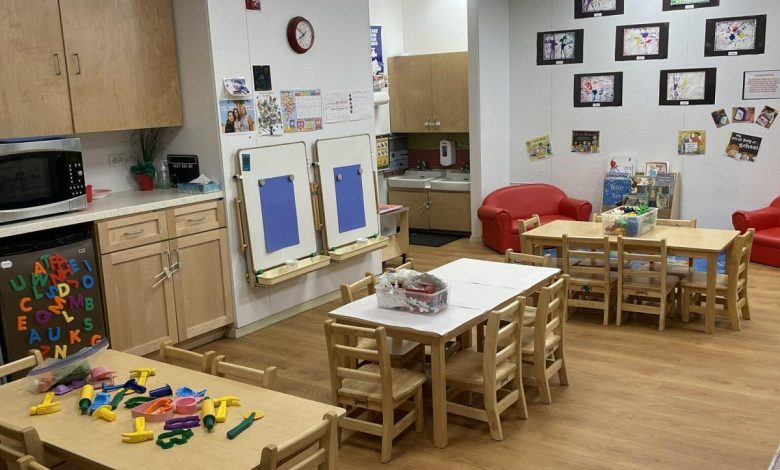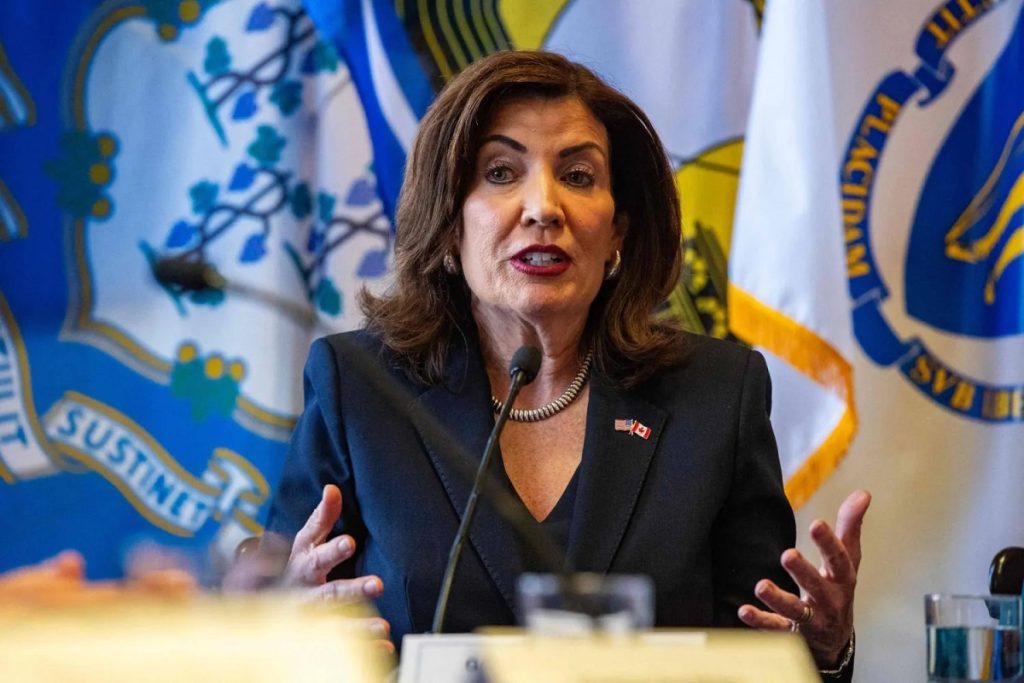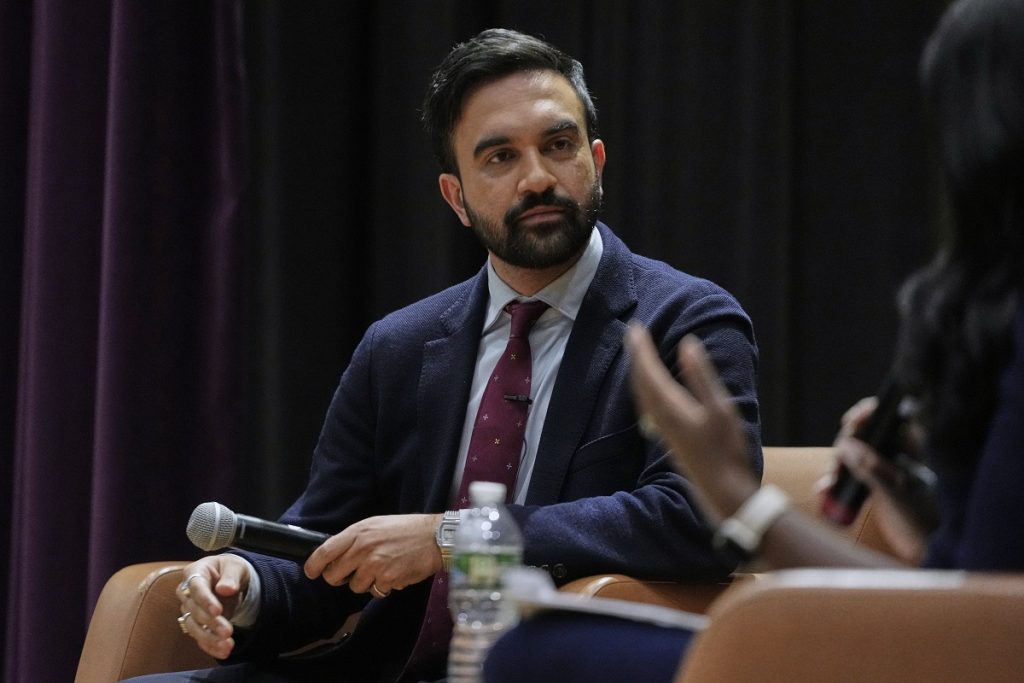New York’s Child Care Crisis: Funding Boosts Fail to Meet Soaring Demand
Despite record state investments, dozens of New York counties halt new enrollments in the state’s largest child care assistance program, leaving thousands of families on long waiting lists.

Despite substantial funding increases, a growing number of New York counties have stopped accepting new applications for the state’s largest child care affordability program, creating long waiting lists and highlighting a critical gap between demand and available resources. Families across the state—especially in New York City—now face prolonged delays in securing essential child care support.
A Program Under Strain
Recent data shows that more than 20 New York counties ceased enrolling eligible families in the Child Care Assistance Program (CCAP) as of early July, citing inadequate funding. CCAP is designed to cover nearly the full cost of private child care for approximately 100,000 low- and middle-income families statewide.
Thirteen of those counties maintain waiting lists—New York City alone has 1,500 families anxiously awaiting help. While counties must still provide vouchers to homeless parents, those receiving cash assistance, or those in the child welfare system, they have the discretion to deny other income-eligible applicants when funding runs low.
Rapid Expansion, Rising Demand
The program has been a flagship initiative for Governor Kathy Hochul, who in recent years quadrupled the state’s investment to $1.1 billion and expanded eligibility to include more middle-income families. Under the new rules, a three-person household earning up to $95,000 a year can qualify. The goal was to make child care more accessible to a broader swath of New Yorkers.
However, the surge in funding could not keep pace with the demand that followed. By February, New York City social services officials warned that if state funding levels remained flat in this year’s budget, thousands of families would have to be removed from the program each month. This spurred city lawmakers to push for an additional $900 million in state support.

Temporary Relief, Persistent Shortfall
The final state budget, passed in May, included a one-time infusion of $350 million for New York City and $50 million for the rest of the state, bringing total state spending on the program to $1.5 billion for the current fiscal year. New York City also independently raised its contribution to $381 million.
Despite these boosts, the combined funding has been insufficient to reopen enrollment for new families, according to the city’s Administration for Children’s Services. Four more counties indicated in early July that they might soon halt applications as well.
Barriers to Accessing New Funds
Counties outside New York City face an additional hurdle in accessing their share of the $50 million allocation. State rules from the Office of Children and Family Services (OCFS) require counties to exhaust their current budgets before tapping into the new funds. Many local officials and advocacy groups have criticized this as impractical.
Pete Nabozny, policy director at The Children’s Agenda, said counties are reluctant to drain their budgets without knowing how much of the new funding they will receive, warning that the current state funding structure “simply doesn’t work” to ease financial strain or help more families.
The Cost of Child Care in New York
Child care in New York is among the most expensive in the nation, averaging over $20,000 per year. Governor Hochul has emphasized her goal of creating a “path to universal child care” as part of her affordability agenda.
Meanwhile, Assemblymember Zohran Mamdani, a progressive voice on affordability, has proposed expanding New York City’s universal pre-K program to cover all children from six weeks to five years old. His plan, estimated to cost $5–7 billion annually, would be funded by higher taxes on the wealthy and corporations—an approach Hochul strongly opposes.

Looking Ahead
Advocates are now calling for larger and more permanent investments in CCAP to meet growing demand and expanded eligibility. They expect another opportunity to push for funding during next year’s state budget negotiations, though fiscal challenges from anticipated federal cuts loom large.



